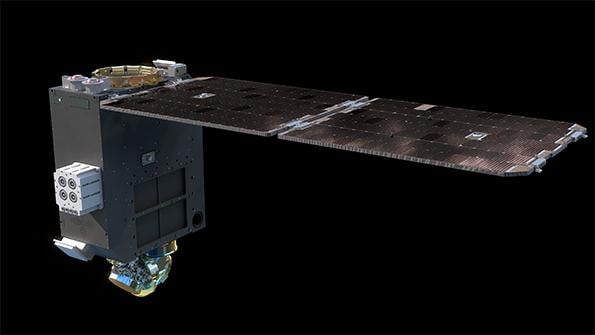U.S. Space Development Agency Prepares For Critical Tech Demonstrations

The SDA is partnering with General Atomics to test space-to-space optical communications via two company-built terminals hosted on two GA-75 spacecraft.
Credit: General Atomics
The Space Development Agency is on the cusp of proving out a massive experiment in Pentagon acquisition and military space operations. First, it must relay data among its on-orbit systems, from space to an airborne system and to ground receivers. The five-year-old agency’s signature Proliferated...
U.S. Space Development Agency Prepares For Critical Tech Demonstrations is available to both Aviation Week & Space Technology and AWIN subscribers.
Subscribe now to read this content, plus receive critical analysis into emerging trends, technological advancements, operational best practices and continuous updates to policy, requirements and budgets.
Already a subscriber to AW&ST or AWIN? Log in with your existing email and password.





